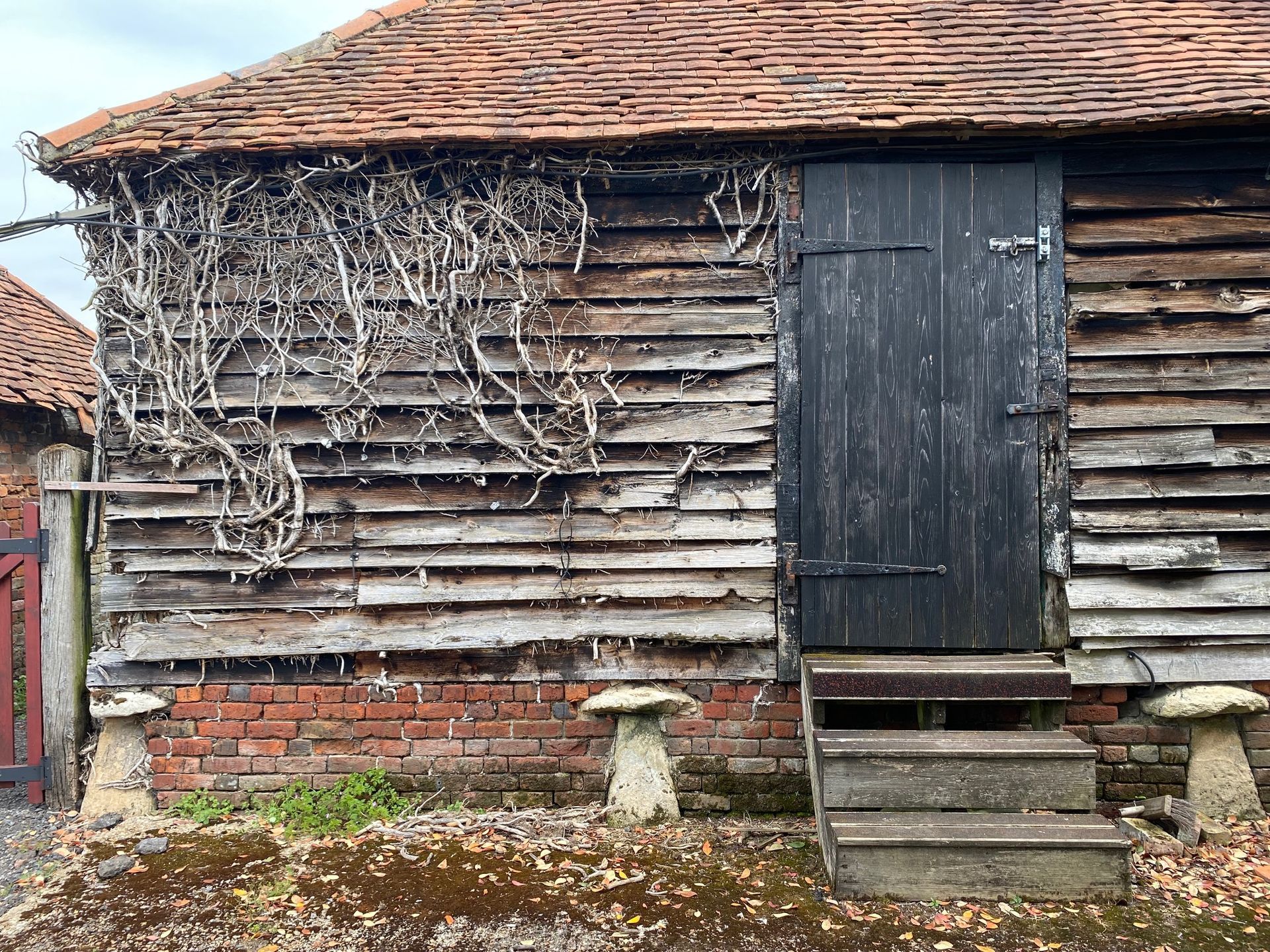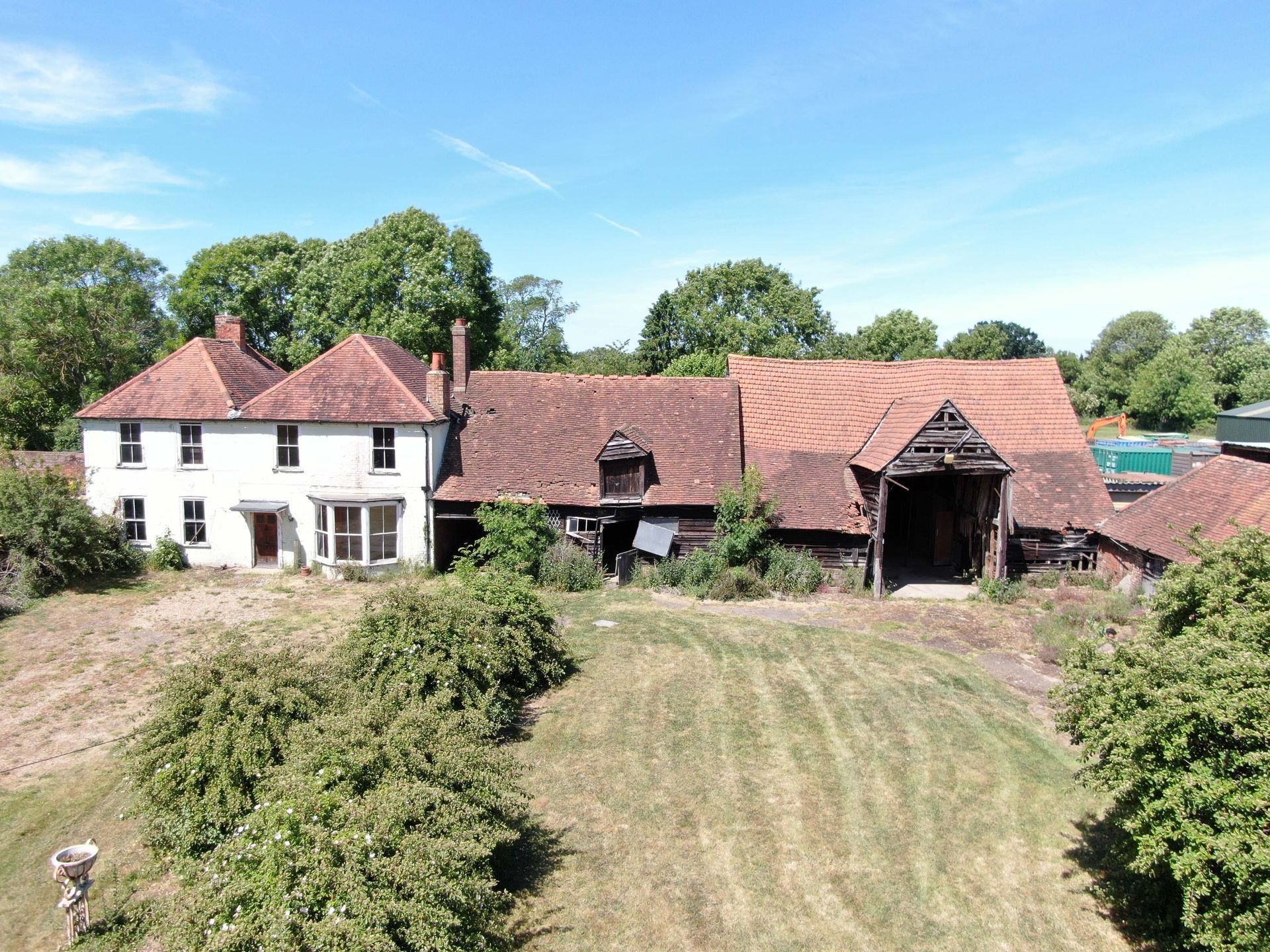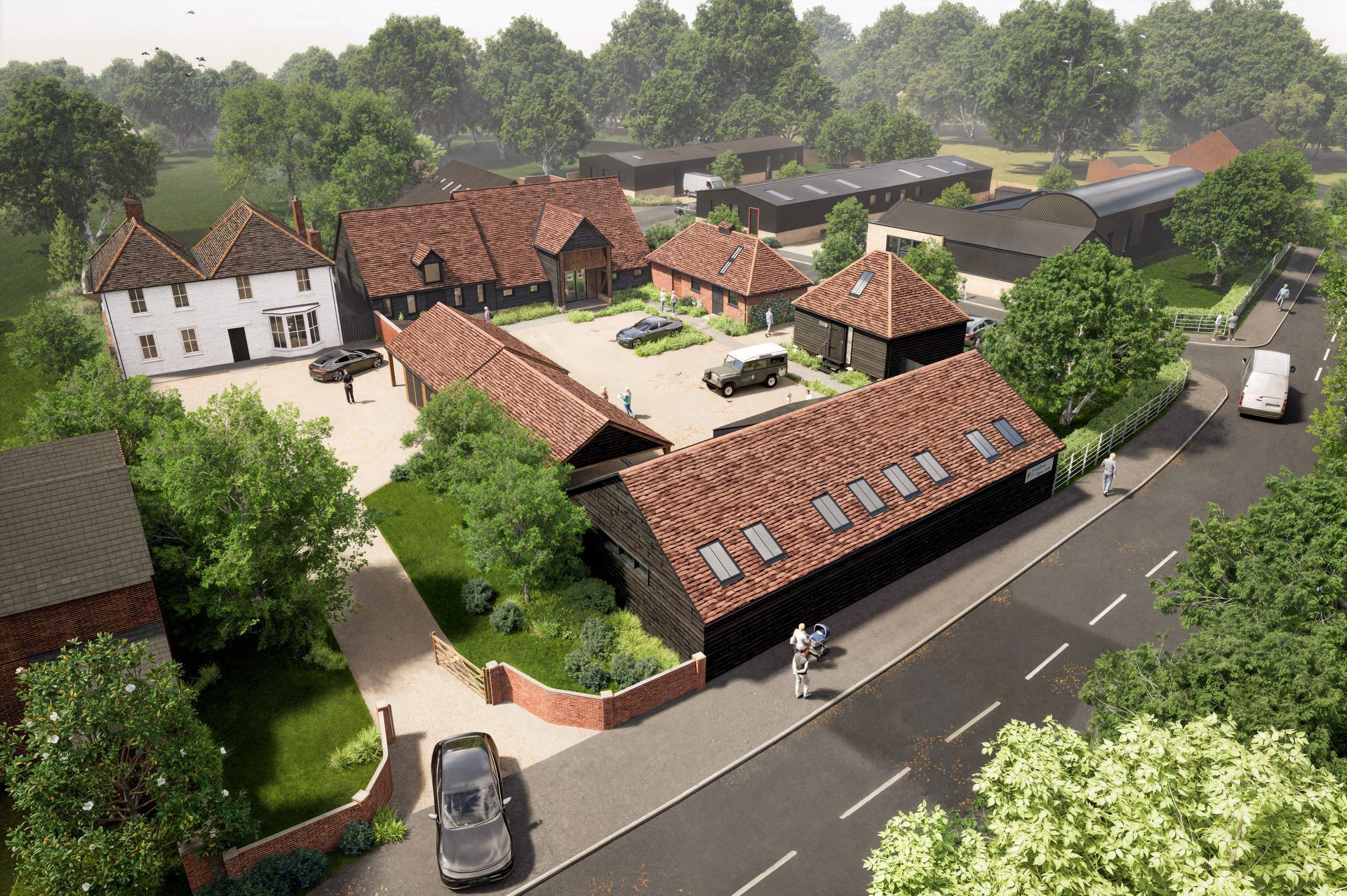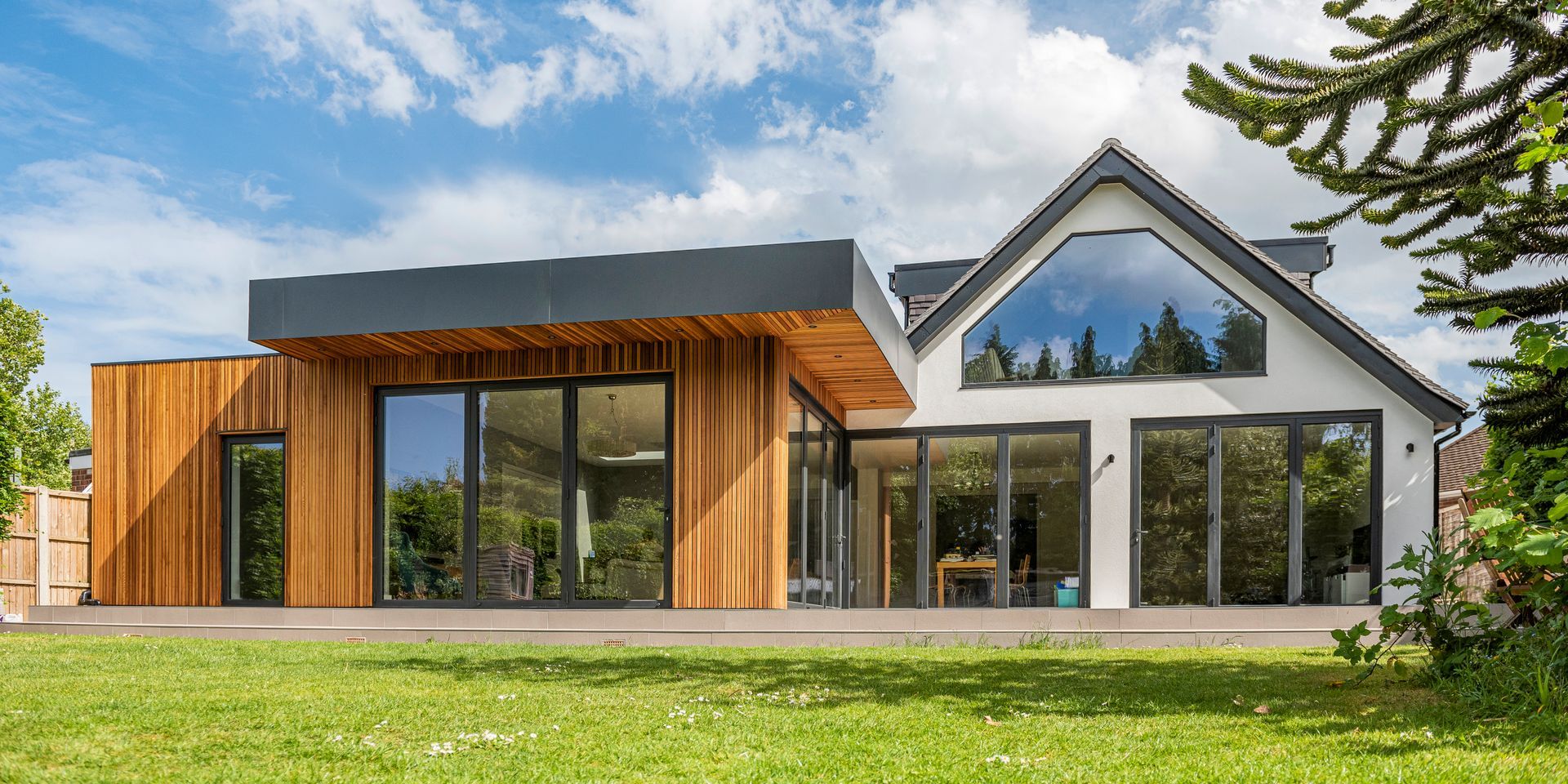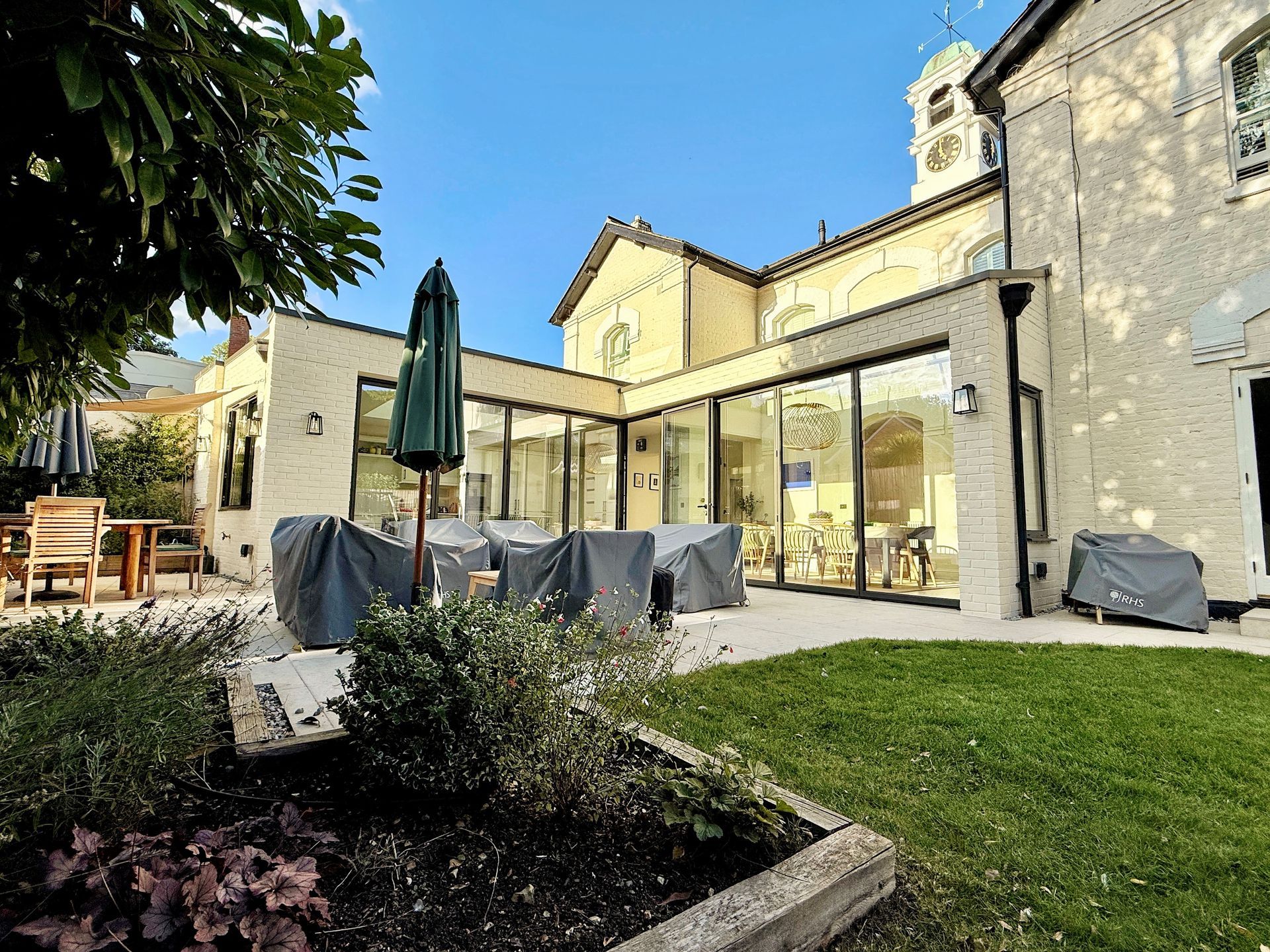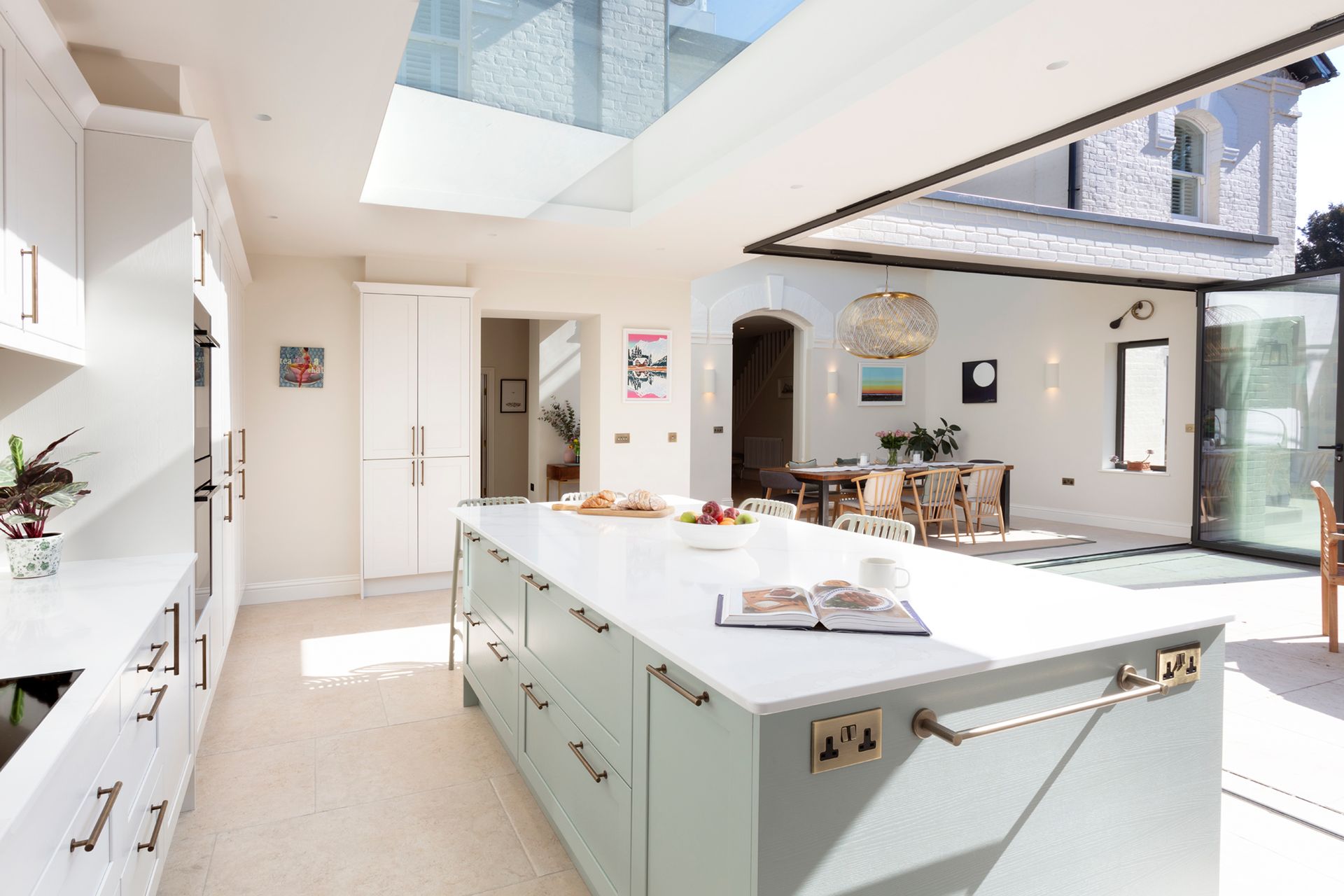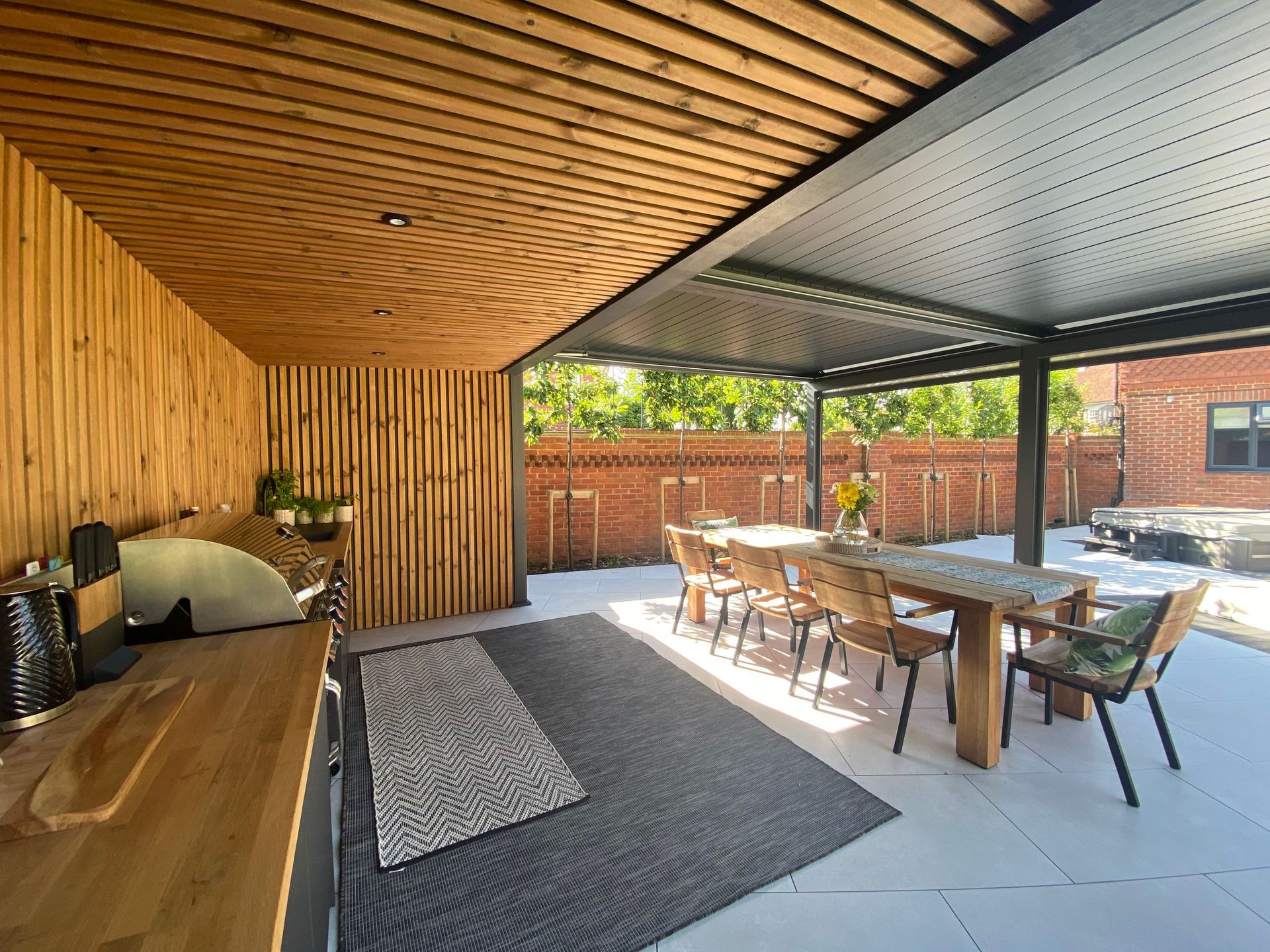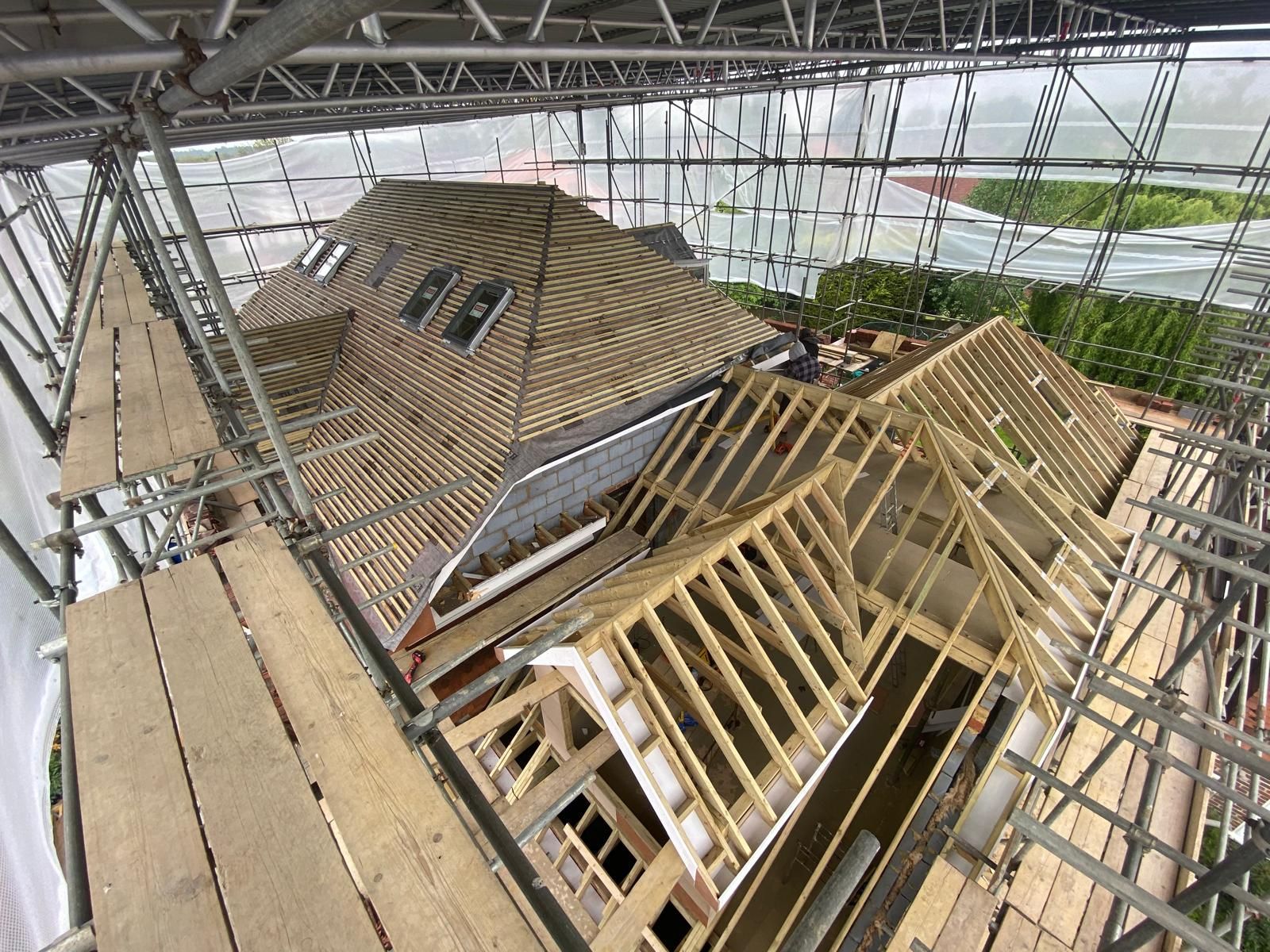Did you know Artichoke does commercial property architecture?
Did you know that Artichoke does commercial property architecture?
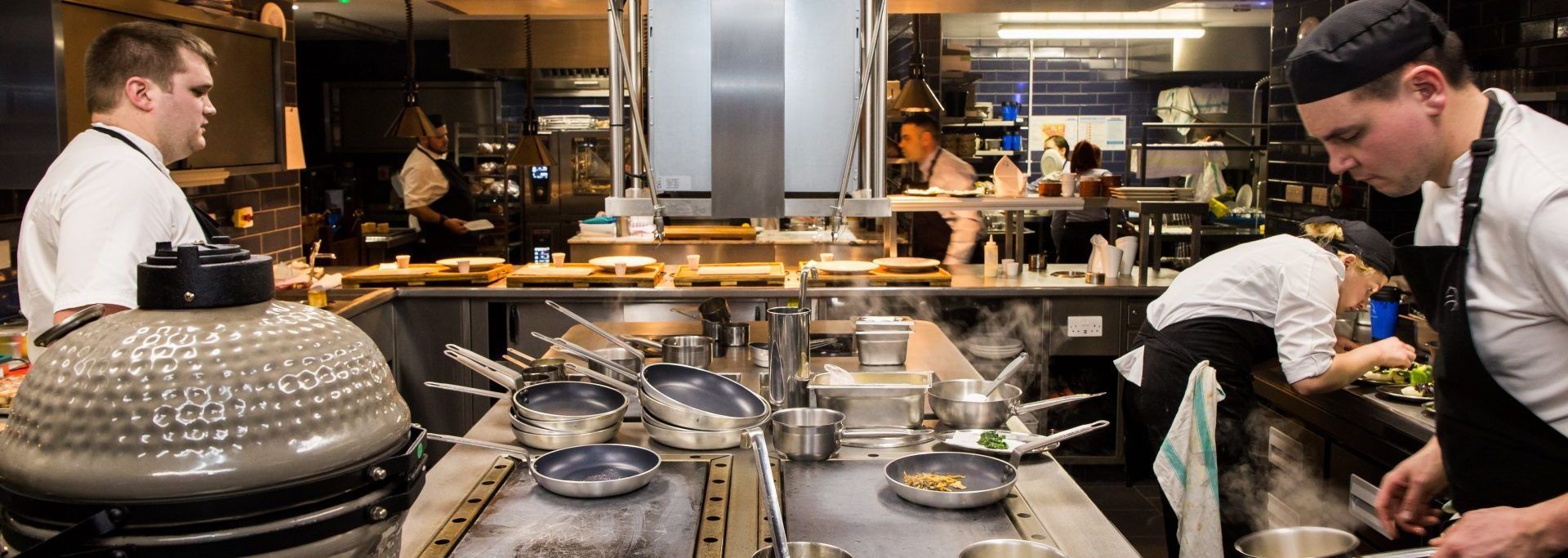
Oxford Blue / The Loch & The Tyne
The Oxford Blue pub was originally two game keepers cottages that became a cosy but eventually run down local in Windsor. The pub was bought by a group of investors and we were brought in to help transform it into a contemporary gastro pub with the long-term aim of achieving a Michelin star.
We worked closely with the new investors and their experienced hospitality management team to ensure the building was extended and refurbished to the highest standards, including a half million pound commercial kitchen.
Project challenges
This commercial project had a multi-million pound budget and at team of 10 stakeholders, including investors, chefs, the management team, specialist contractors and consultants. We managed this team throughout the design and construction phases ensuring a balance between sometimes conflicting requirements. Weekly team meetings were used to address concerns and highlight opportunities and this was a successful way of managing what was a highly complex project.
Another factor that added to the complexity of this project was its location in the Green Belt. Gaining planning permission for anything other than the simplest development in sensitive locations is rarely straight forward. We were able to secure planning for this project based on our condition survey, which highlighted the poor state of the pub, and our relatively modest and appropriate extension plans.
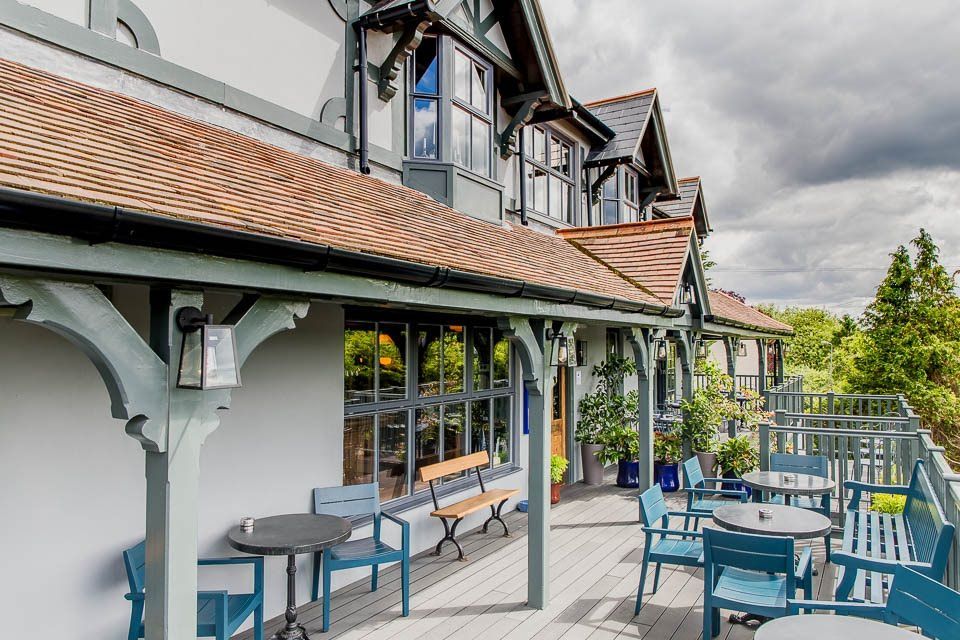
The end result
After a successful design and build process, it’s truly delightful to see how far the pub has come since it was a tired old local in dire need of love.
The pub has gone from strength to strength and has now been taken over and renamed The Loch and The Tyne, run by Adam Handling. It’s now on the Michelin guide and on Estrella top 50 Gastropubs. Visit www.lochandtyne.com
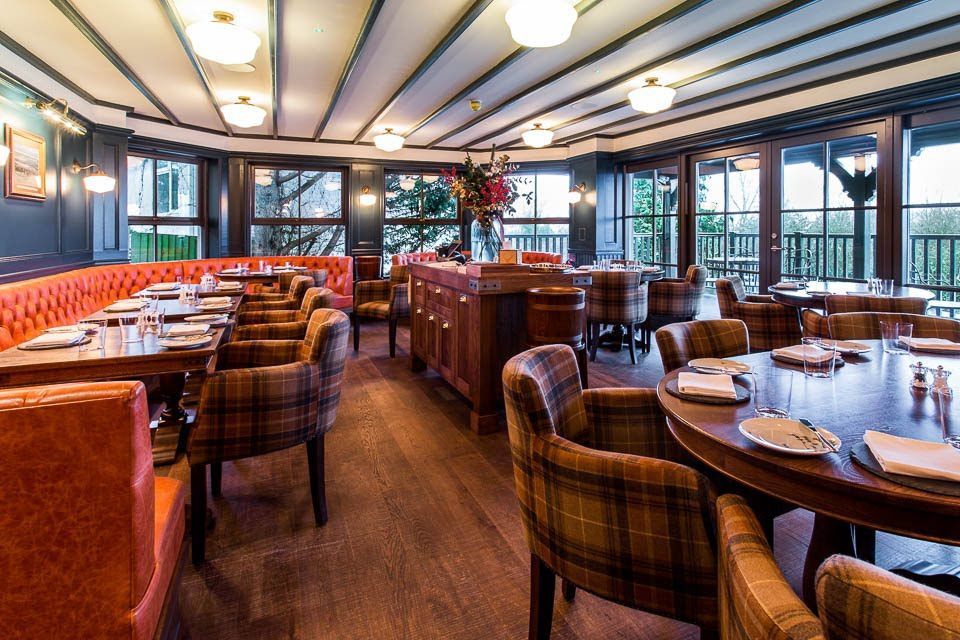
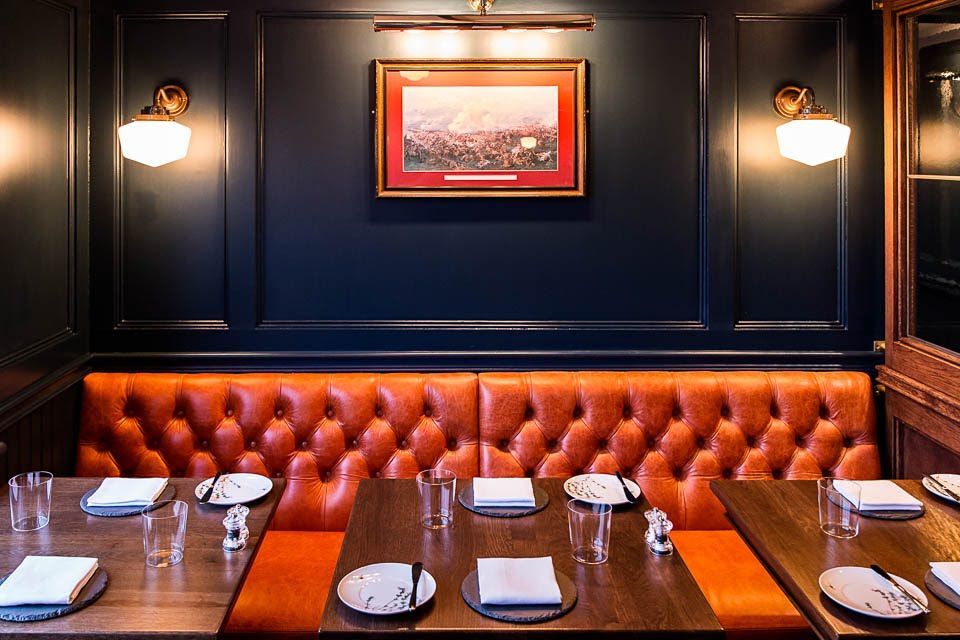
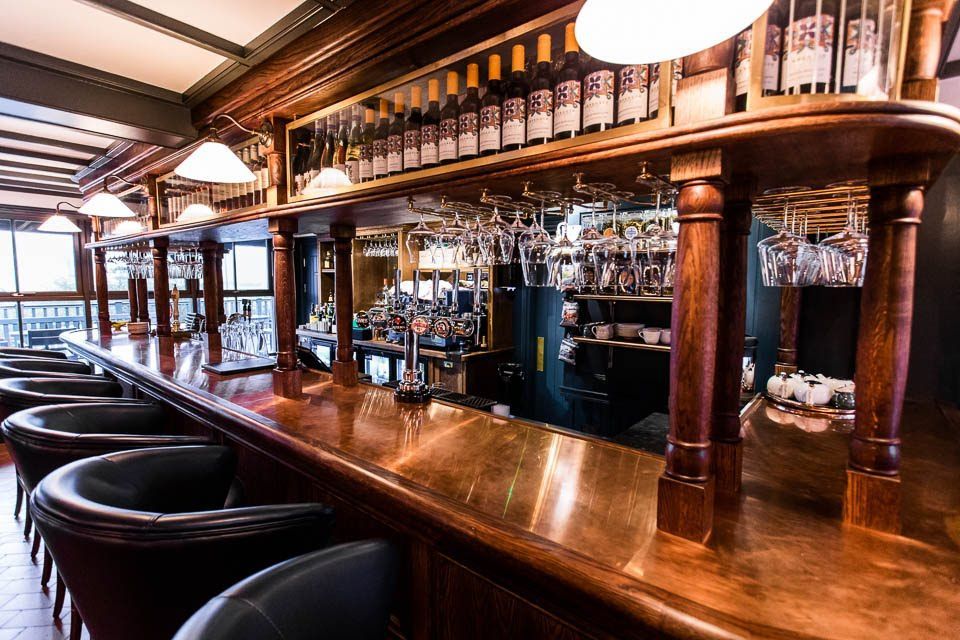
Manor Farm
The farm includes a listed farmhouse and historic barns, a granary and a milking parlour, and a number of modern agricultural barns. Our role is to develop a viable and feasible scheme at Manor Farm that is capable of securing planning permission. We have worked with planning and heritage consultants and with our client to consider all the constraints and opportunities on site.
Project challenges
A number of challenges will need to be met to get planning permission. The farm is in green belt, in a conservation area and includes listed buildings. This means there could be significant restrictions to the amount and type of development allowed. The farm is also on a floor plain in an ecologically sensitive site. The development will need to show it won’t increase the severity of floods and will protect the site’s ecology. All of this may impact the financial feasibility of the scheme.
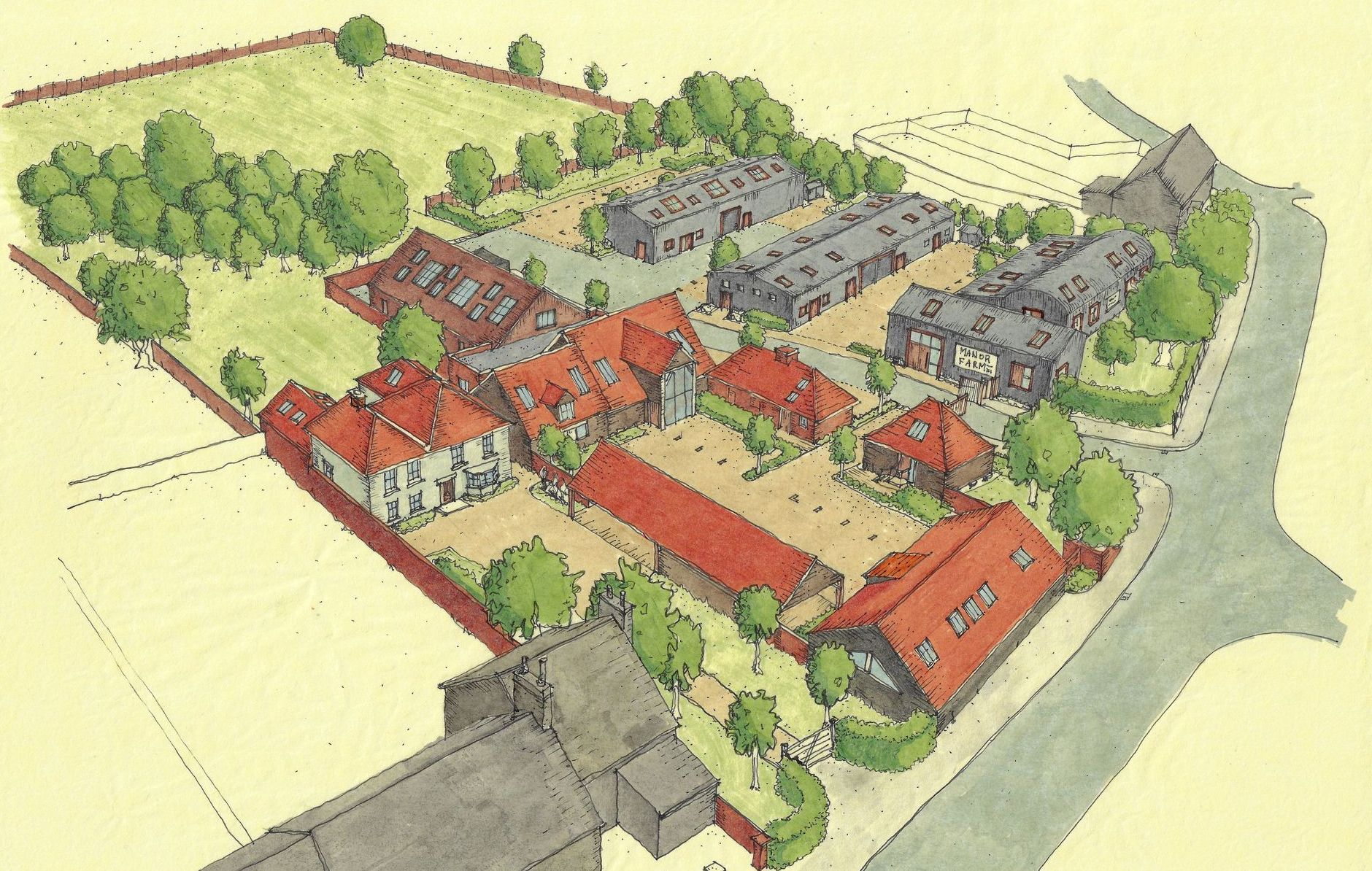
The end result
We developed a concept proposal to show a significant planning gain around the refurbishment of the damaged and decaying heritage assets. The was submitted to Runnemede Council and feedback has been broadly positive. Further designs have been prepared and submitted for a second pre-application consultation.
The key to any project is to consult with key stakeholders and this is even more important in a project like Manor Farm. We’re looking forward to working towards a full planning application in the near future.
